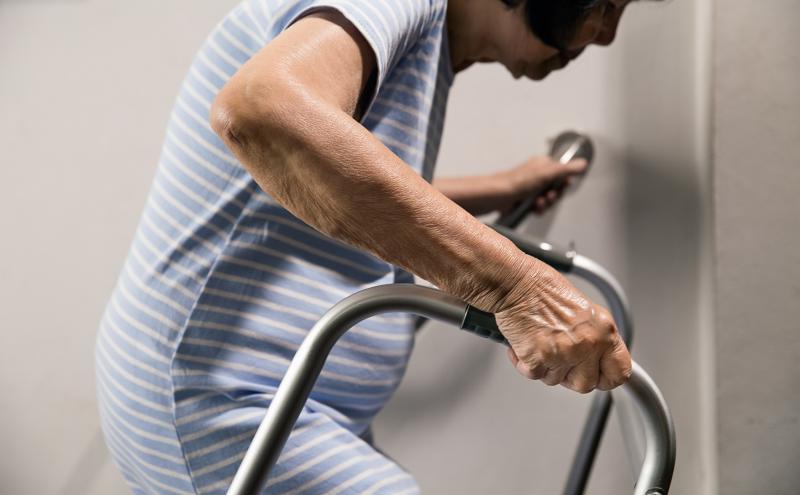
Exercise appears to lessen the risk of major mobility disabilities (MMDs) in older adults, a recent study has shown.
Drawing from the Lifestyle Interventions and Independence for Elders study, researchers enrolled 507 older adults (mean age, 78.4 years) who were randomly assigned to a structured physical activity (PA) intervention or a health education control. The active intervention had a goal of 150 minutes of moderate-to-vigorous PA (MVPA) per week. Attendance lasted for an average of 2.5 years.
Cox proportional hazards analysis found that in frail individuals, more MVPA lowered the risk of MMDs (per 1-min/h difference: hazard ratio [HR], 0.61, 95 percent confidence interval [CI], 0.31–1.08). MMD was defined as the inability to complete a 400-m walk test within 15 minutes without assistance.
In the final statistical model, researchers also found a significant interaction between light PA (LPA) and physical function, as assessed by the Short Physical Performance Battery (SPPB). That is, more LPA and less variability in LPA habits decreased the risk of MMD among participants with high initial function.
Similarly, the interaction between SPPB and MVPA was also statistically significant (p=0.04), such that higher MVPA reduced the risk of MMD among those who had low physical function to begin with. Higher variability in MVPA had the same protective effect.
“PA is a vital health-promoting behaviour for maintaining physical functioning and an independent lifestyle. For older adults at high risk for MMD, our findings underscore the importance of a tailored approach to PA promotion,” said researchers.